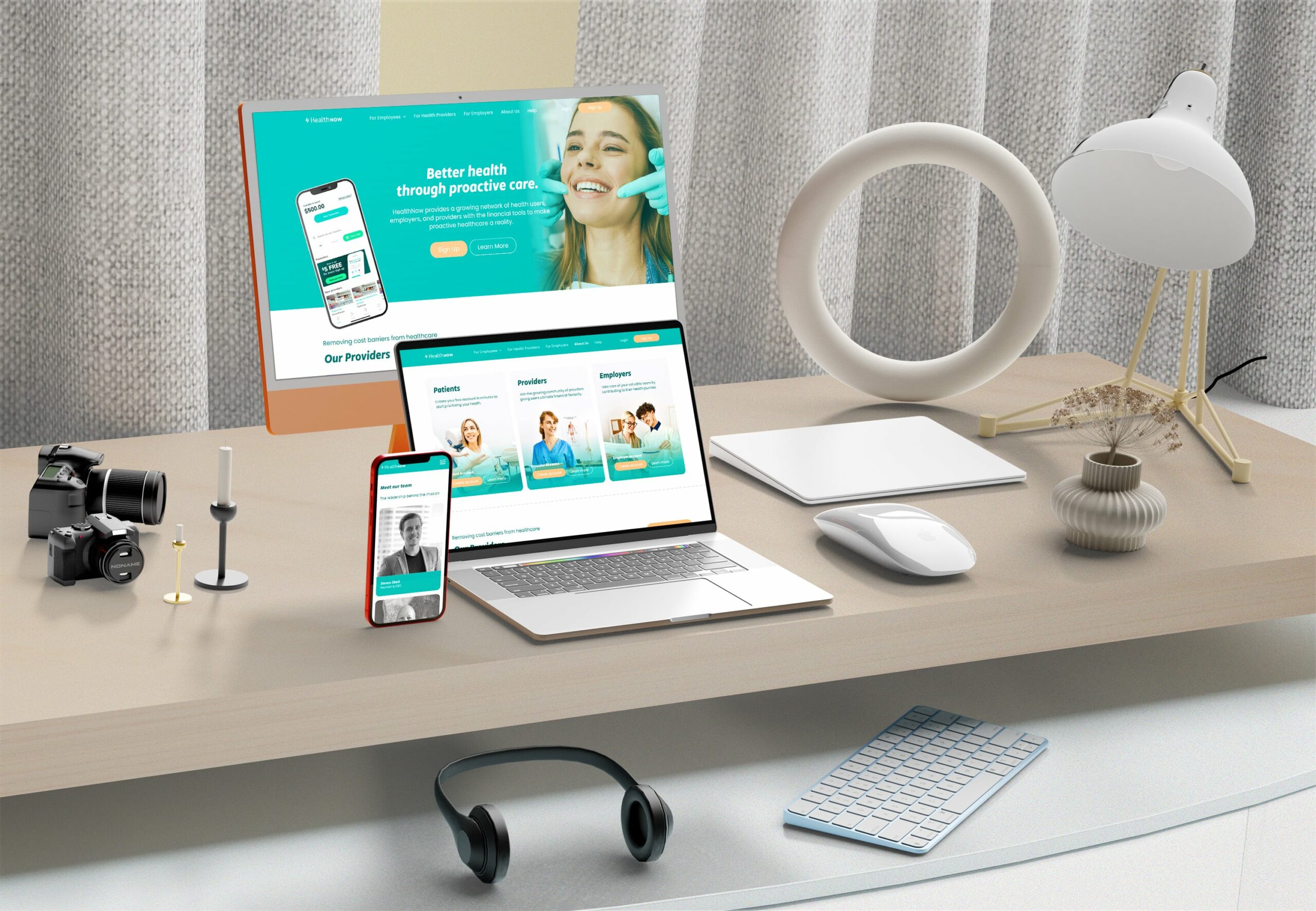In our increasingly digital world, designing for multiple devices and screen sizes is crucial. Responsive design is the key to creating seamless user experiences, regardless of the device users prefer. This approach allows websites and applications to adapt and respond to different screen sizes and orientations. In this article, we will explore the importance of responsive design and provide practical tips for implementing it effectively.
One of the main benefits of responsive design is improved accessibility. With the proliferation of smartphones and tablets, users access websites and apps through various devices. Responsive design ensures that content is easily accessible and readable, regardless of the screen size. It eliminates the need for users to zoom in or scroll horizontally, creating a more enjoyable and convenient experience.
Another advantage of responsive design is enhanced user engagement. By optimizing the layout and interactions for each device, users are more likely to stay on the website or app longer and engage with the content. Improved engagement leads to increased conversions, whether it’s making a purchase, filling out a form, or subscribing to a newsletter.
Implementing responsive design requires a mobile-first approach. Start by designing for mobile devices, considering the constraints and limitations of smaller screens. This approach forces you to prioritize content and ensure that it remains accessible and usable. As you expand to larger screens, progressively enhance the design by adding more features and utilizing the available screen real estate.
When designing responsively, consider the use of flexible grids and fluid layouts. Grid systems allow you to organize and align elements in a consistent and visually pleasing manner. Fluid layouts ensure that content adjusts proportionally to fit different screen sizes, maintaining a harmonious and balanced composition.
Finally, thoroughly test your designs across various devices and browsers to ensure a consistent experience. Embrace user feedback and make necessary adjustments to optimize the user experience. Remember that responsive design is an ongoing process that requires continuous refinement and adaptation.
In conclusion, responsive design is essential for creating seamless user experiences across devices. By embracing a mobile-first approach, utilizing flexible grids and fluid layouts, and thoroughly testing your designs, you can ensure that your website or app is accessible, engaging, and user-friendly on any device.
